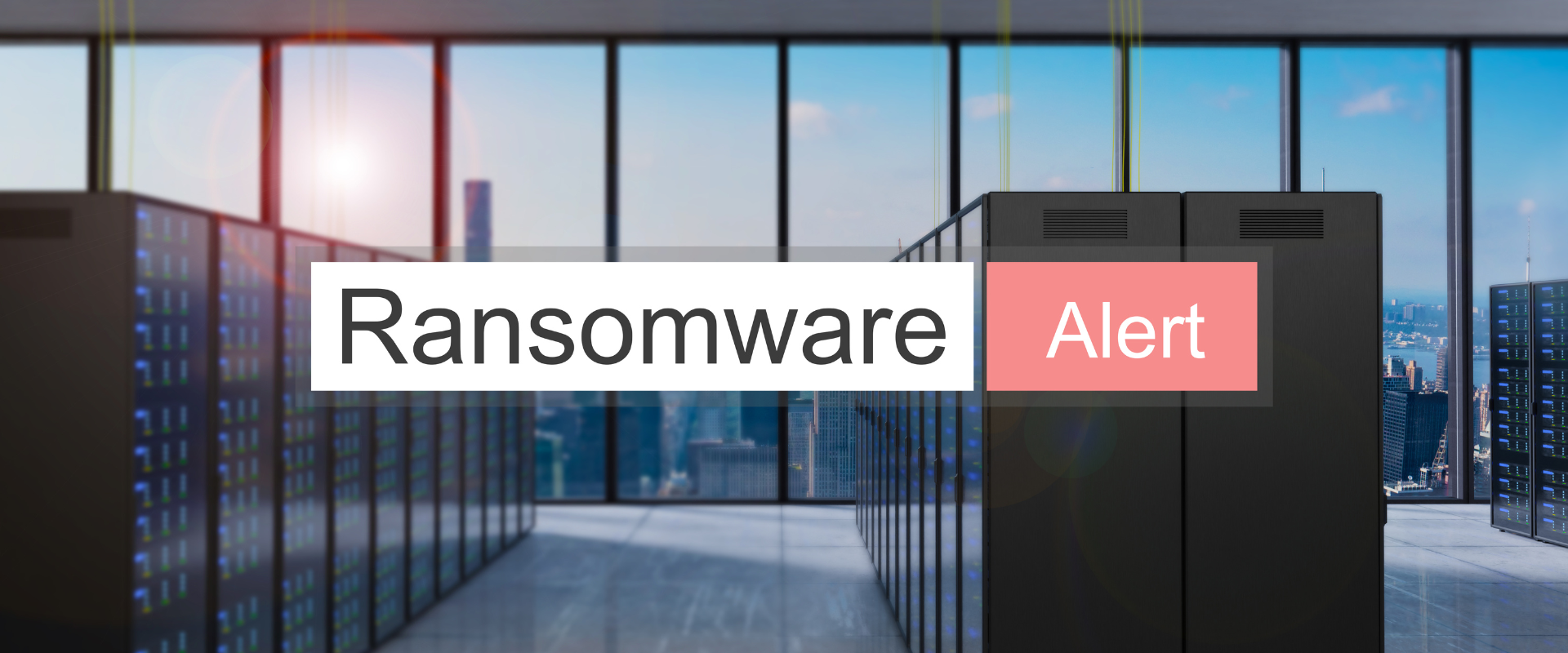
The Growing Threat of Ransomware: How to Protect Your Organization
By, Webmaster
- 30 Oct, 2024
- 1.6k Views
Ransomware attacks have surged in recent years, becoming one of the most prevalent and damaging cybersecurity threats. These attacks can cripple organizations, leading to significant financial losses, reputational damage, and operational disruptions. In this article, we’ll explore the current landscape of ransomware threats, how they operate, and essential strategies to protect your organization from becoming a victim.
Understanding Ransomware
Ransomware is a type of malicious software that encrypts a victim’s files, rendering them inaccessible. The attacker then demands a ransom payment in exchange for the decryption key. Ransomware can target individuals, businesses, and even critical infrastructure, making it a versatile and dangerous threat.
The Current Ransomware Landscape
Increasing Frequency and Sophistication: Ransomware attacks have become more frequent, with cybercriminals employing advanced tactics to bypass traditional security measures. Ransomware-as-a-Service (RaaS) has emerged, enabling even non-technical criminals to launch attacks.
Targeting Critical Infrastructure: Recent attacks have focused on critical infrastructure sectors, including healthcare, energy, and public services. Disrupting these services can have severe consequences, making these sectors prime targets for cybercriminals.
Double Extortion: Many ransomware groups now employ double extortion tactics, where they not only encrypt data but also steal sensitive information. If the ransom is not paid, they threaten to publish the stolen data, increasing pressure on organizations to comply.
Higher Ransom Demands: Ransom demands have skyrocketed, with attackers seeking increasingly higher payments. This trend highlights the financial impact of ransomware and the growing cost of recovery for organizations.
Strategies to Protect Against Ransomware
- Regular Backups: One of the most effective defenses against ransomware is maintaining regular backups of critical data. Ensure that backups are stored offline or in a separate environment to prevent them from being compromised in an attack.
- Implement Strong Security Measures: Use a multi-layered security approach that includes firewalls, antivirus software, and endpoint detection and response (EDR) solutions. Keeping systems updated and patched is crucial to protect against known vulnerabilities.
- User Education and Awareness: Educate employees about the risks of ransomware and train them to recognize phishing attempts, malicious links, and suspicious attachments. Human error is often the weakest link in cybersecurity, and informed employees can help prevent attacks.
- Network Segmentation: Implement network segmentation to limit the spread of ransomware within an organization. By isolating critical systems and data, you can reduce the impact of a potential attack.
- Incident Response Plan: Develop and regularly update an incident response plan specifically for ransomware attacks. This plan should outline roles, responsibilities, and actions to be taken in the event of an attack, ensuring a coordinated and efficient response.
- Monitor and Analyze Threat Intelligence: Stay informed about the latest ransomware trends and tactics by monitoring threat intelligence feeds. Understanding the evolving landscape will help you adapt your defenses accordingly.
- Consider Cyber Insurance: Evaluate the possibility of investing in cyber insurance to help mitigate the financial impact of ransomware attacks. While insurance cannot prevent an attack, it can provide support for recovery and response efforts.
Conclusion
Ransomware remains a formidable threat to organizations of all sizes and sectors. By understanding the nature of these attacks and implementing proactive security measures, businesses can significantly reduce their risk and prepare for potential incidents. As cybercriminals continue to evolve their tactics, staying vigilant and prioritizing cybersecurity is essential for safeguarding sensitive data and maintaining operational integrity.
We hope you found this article informative. If you have questions or would like to learn more about protecting your organization from ransomware threats, feel free to reach out!
Recent Posts
- The Growing Threat of Distributed Denial-of-Service (DDoS) Attacks: How to Protect Your Organization from DDoS Threats
- Zero Trust: The Key to Safeguarding Your Digital Assets
- The Evolution of Ransomware: How to Prepare for the Future of Cyber Extortion
- The Rise of AI-Powered Phishing Attacks: How to Safeguard Your Business
- The Growing Threat of Insider Threats in Cybersecurity: How to Protect Your Business
Category
- Cyber Security (67)
- Vulnerability Assessment (51)







